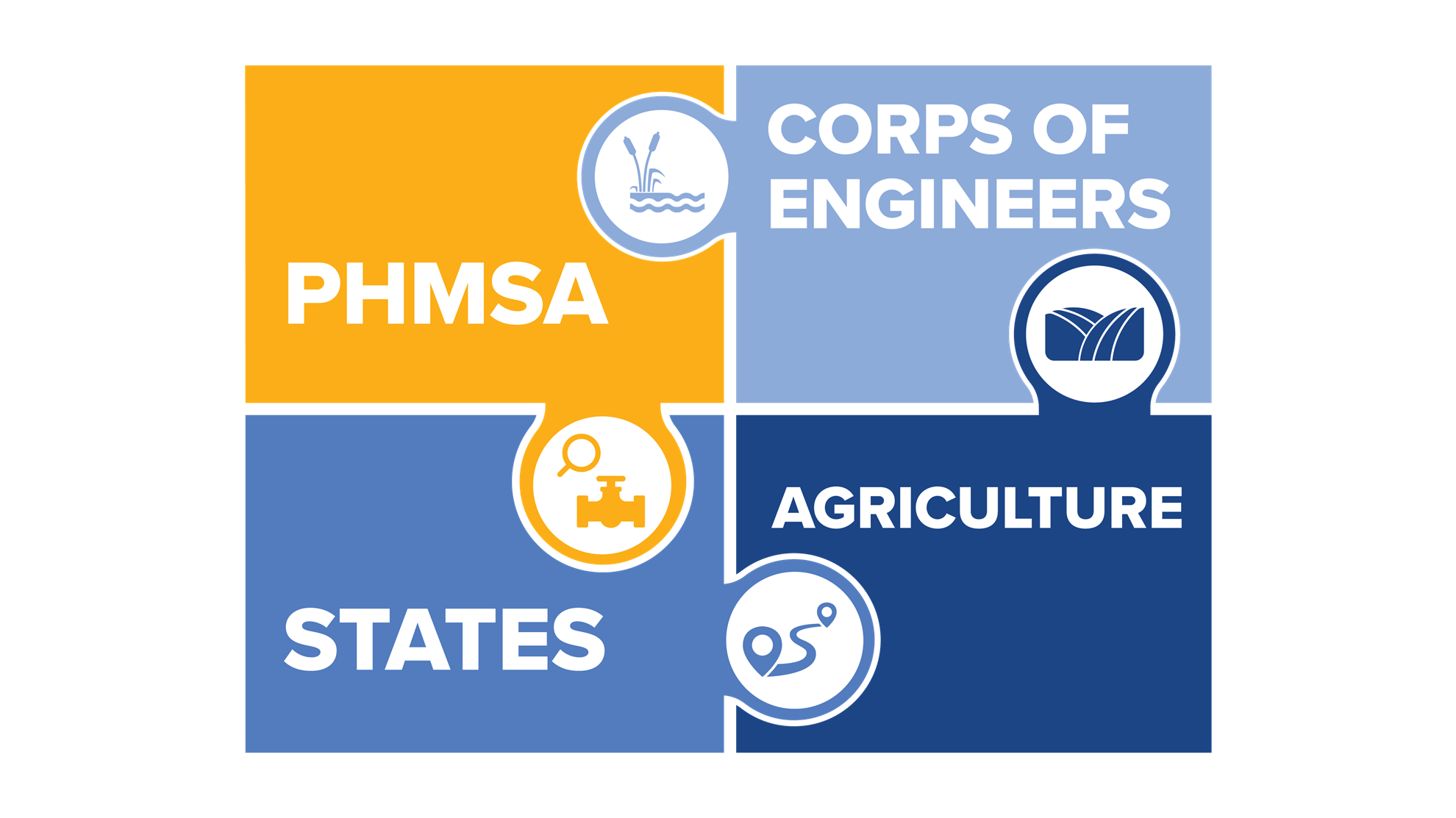Pipeline basics
About Pipelines
Pipelines deliver energy from where it’s produced to where it is turned into useful fuels and products and on to our local communities. Energy products delivered by pipeline include crude oil, refined products such as gasoline and diesel, and natural gas liquids such as ethane and propane.
Pipeline 101
U.S. Map of Pipelines
FERC and Pipeline Rates
Pipeline Construction
Pipelines are built when energy is produced in new regions of the country. More energy production means new pipelines are needed to deliver this energy and its benefits to consumers. Pipelines are designed for their operating conditions, constructed with quality certified steel, assembled with qualified personnel and pass multiple inspections before operation.
Learn More
Pipeline Safety is A Partnership of Protection
Multiple government agencies work together to ensure pipeline safety and environmental protection. Each agency at the federal, state, county and local levels performs a role in pipeline projects.
